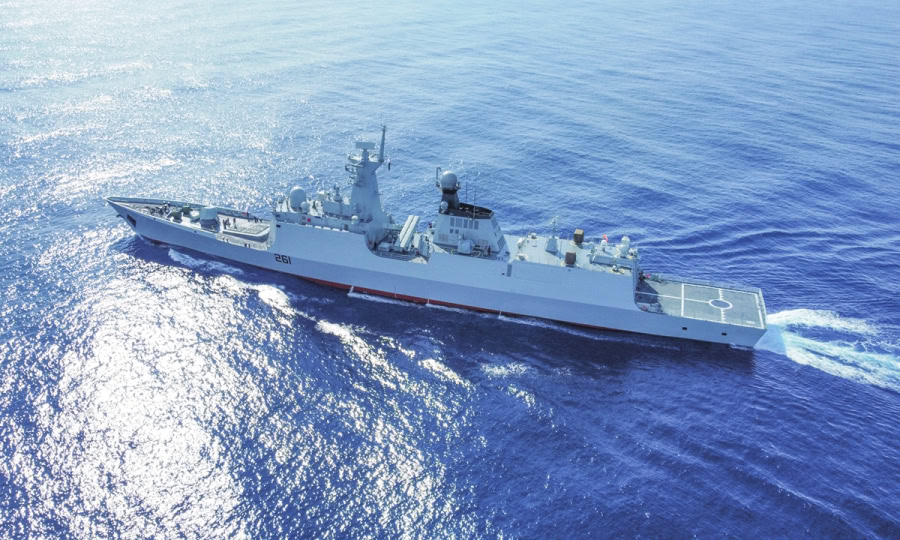China’s latest Type-039C Yuan Class non-nuclear submarine featured a sonar stealth technology with shaped sails.
Though various countries are pursuing the latest technologies, China has taken the lead to field air-independent power submarine with distinctive shaped sails.
The angled sides reduce the signal strength of the submarine from the enemy’s active sonar.
As per the media reports, Chinese academics published an analysis in the Polish-based Archives of Acoustics journal. They measured the impact of the designs on sonar stealth. Their study used strikingly similar sail designs.
Angled stealth shaping is an emerging trend in submarine design. Sweden’s A-26’s approach focuses on the sail like the Chinese Yuan Class.
The 212CD takes it further but encasing the entire submarine in an angled outer hull. The additional outer hull will increase drag.
The trend reflects the growing importance of active sonar in undersea warfare. It is much more desirable to detect an enemy passively, by just listening, than at emit a sonar signal. Active sonar does this, bouncing sound off the target and measuring the rebounds. This means that the target can hear you long before you detect them, typically twice the distance.
During the Cold War, an era where most popular knowledge on submarines is rooted, passive sonar was king. As submarines have become quieter, passive detection has become less useful.
So, active sonar is expected to play an increasing part in underwater warfare. At the same time, advances in uncrewed underwater vehicles (UUVs) offer navies a way to move the active sonar emitters away from the main submarine and onto an expendable drone.
The technologies are still coming together, but the direction is clear. So, submarine designers are willing to sacrifice hydrodynamics to incorporate these new sail shapes.
Latest Chinese submarine is intended to work against medium frequency and as such will be less effective against lower frequency sonars.
Those will only tell the enemy that something is there but not exactly what it is. They will also be less effective against short wavelength sonars such as those on a torpedo. But that is also where the submarine’s other stealth feature, a rubberized anechoic coating, plays a part.
In short, the new stealth shaping is mainly aimed at complicating classification. Medium frequency active sonar can be used to classify or identify the target. With the new shaping the enemy will have difficulty determining the true nature of the submarine. This may cause delays or miscalculations which the submarine can use to its advantage.










